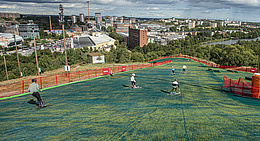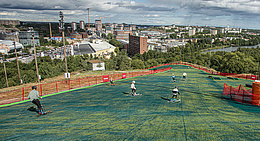Once a separate village surrounded by vineyards, Camorino is now part of the municipality of Bellinzona, capital of the Swiss Canton Ticino. The mountain southeast of Camorino is the location of Alpe Croveggia, where the landowners established a cooperative in 1825 to make use of the land, which gave employment to shepherds, lumberjacks and charcoal burners until the end of the 19th century. At the beginning of the 20th century, the younger generation chose to move to the towns, and Alpe Croveggia, like many other mountain pastures in Ticino, fell increasingly into disuse. In the late 1950s and early 1960s, steps were taken to revitalize the alpine pastures and renovate the old mountain huts. In 1960, a simple material ropeway powered by a gasoline engine was built on Alpe Croveggia, capable of carrying a 100 kg payload up the mountain in 20 minutes. The construction of a larger ropeway for passenger transportation, however, met with considerable resistance at the time, including opposition from the municipal authority.
A compromise solution
Due to disputes about the line and size of the ropeway, it was not until 1966 that the installation was licensed as a “small cable car” (Swiss category of ropeway for a maximum of 8 passengers) by the cantonal authorities. The ropeway built was smaller than originally proposed and, rather than serving Pian Grande, the line terminated 200 m lower down at Alpe Croveggia. The final plans were for a single-track system with a cabin designed to carry four people or a 400 kg payload.
The contract for the mechanical engineering was awarded to Guido Meyer, a company specializing in metal construction and small cable cars. The plans were drawn up by Richard Coray junior, son of the well-known Rhaetian Railway bridge engineer from Chur. Coray junior worked with Guido Meyer from 1953 until the 1980s. Their partnership produced various small reversible aerial ropeways built to provide access to alpine pastures, as well as power station ropeways, material ropeways and a number of inclined elevators.
Unique technical solution
In Switzerland and probably the whole of Europe, the system developed for this single-track reversible aerial ropeway is still unique for passenger transportation today. The carrying-hauling rope forms a continuous loop, with the returning length of rope serving as the track rope for the cabin. The carriage in the form of an inverted letter T is connected to the carrying-hauling rope by means of two clamp sockets. Attached to the top of the inverted T, 1.5 m above the clamp sockets, are two carriage wheels which run on the returning length of the rope. The cabin is mounted on a short hanger suspended from the carriage.
This ingenious idea of using one and the same rope for both the haul rope and the track rope made it possible to construct the installation with a length of almost 1.5 km in a single, untensioned span. The cabin, originally a simple bucket design measuring 1.6 x 1.1 m on plan, was later fitted with acrylic glass sides to protect passengers from the elements. It has a radio system for communicating with the bottom station.
The highly compact bottom station houses the drive and the controls. The drive, with a 22 kW three-phase motor and gearbox, is directly connected to the bull wheel with a double chain. The ropeway is controlled manually from the bottom station. The hauling-carrying rope operates with a limit switch in the form of a steel sleeve that contacts a rail located on the approach to the bottom station, thus causing a short circuit between the insulated rope and the metal structure, which switches off the drive.
From the cabin on the line, passengers have fine views of the Magadino Plain and Lago Maggiore. The single-span line leads up the Valle Grande to the top station, for the most part through the wooded area of the abandoned and overgrown mountain pastures.
The top station is an open structure in the form of a steel lattice tower carrying the return sheave and anchored to the mountain with two guy ropes. Access to the cabin on the tower is via a narrow bridge. The top station has CCTV for remote monitoring and a telephone for communication with the bottom station.
Curious ropeway off the beaten tourist track
This delightful small cable car operates from March to November. It provides access to the alpine huts, which are now mainly used as weekend cottages and rusticos*), and is also the starting point for leisurely woodland walks and more challenging mountain hikes. As it operates today, the ropeway is still in more or less the original state, although some conditions have been imposed for operation beyond 2024. With its unusual design, simple mechanical systems and what is a very long single span for a Swiss small cable car with a cantonal operating permit, the Monti di Croveggia ropeway is a unique item in the Swiss ropeway scene. It is testimony to the interest in revitalizing the old mountain pastures of the Ticino, which is still very much work in progress. The ropeway has rightly been included in the Swiss Inventory of Ropeways compiled by the Federal Office of Culture.
*) Rusticos are stone-built houses that are typical of Ticino. With their stone slab roofs, and wooden beams and floors, they were originally used for agricultural purposes.
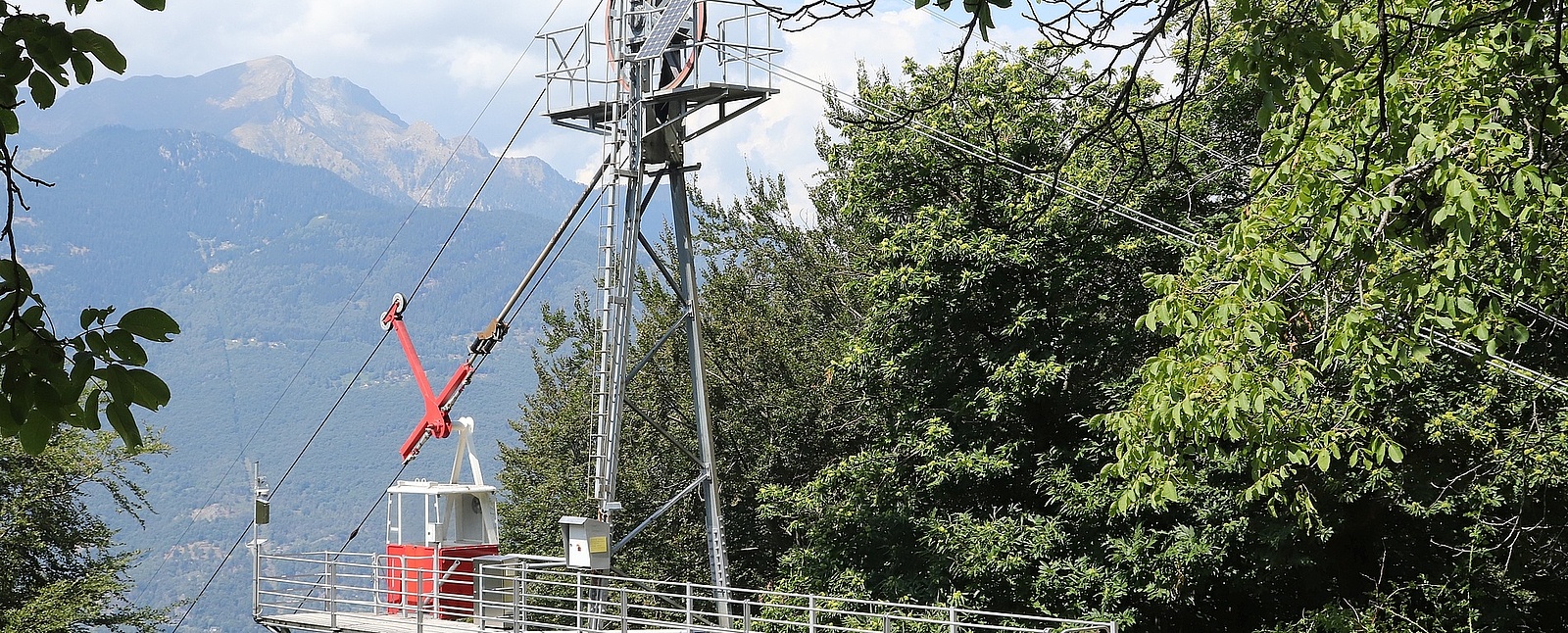


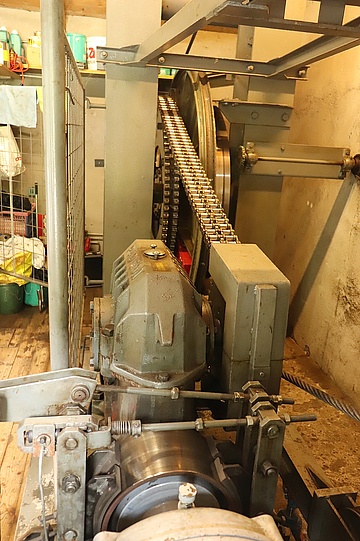
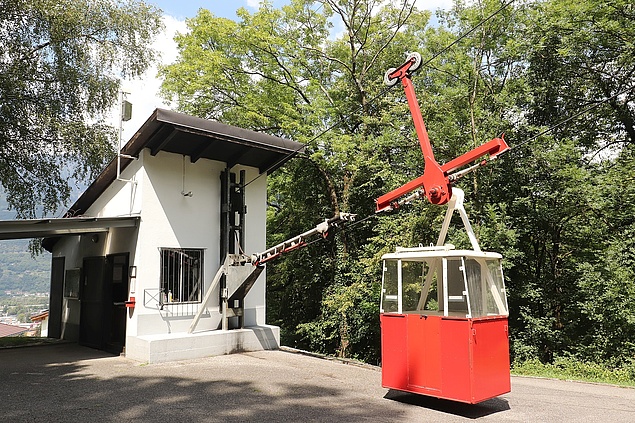
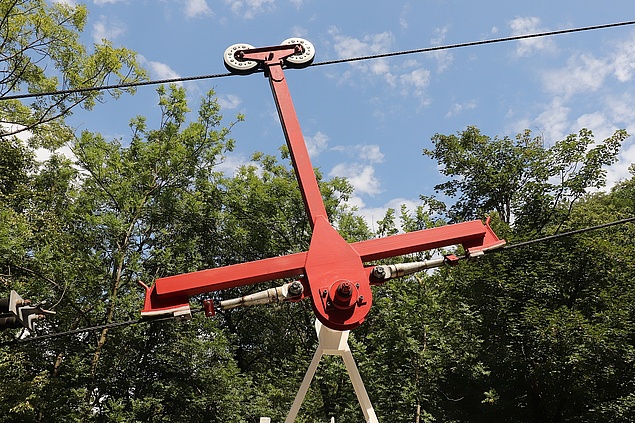
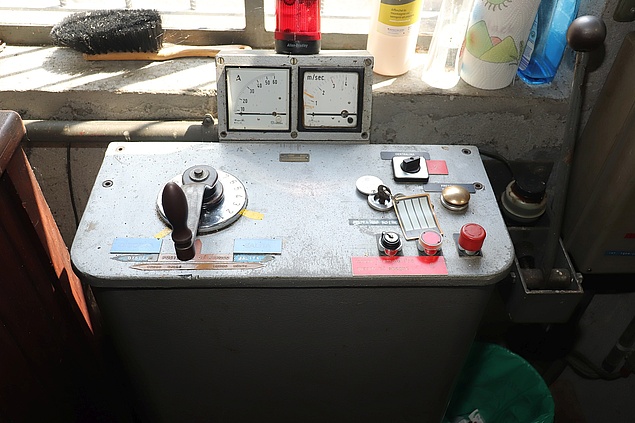
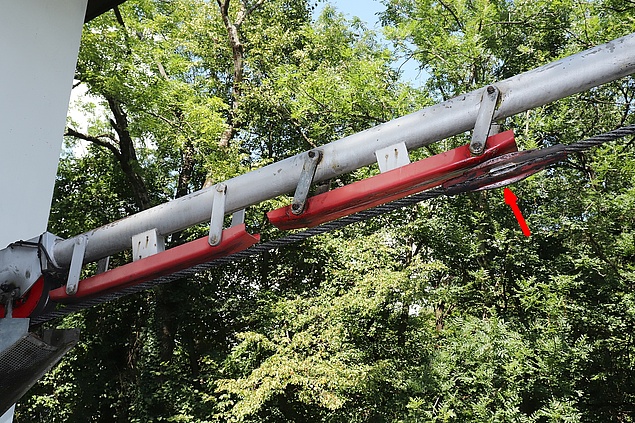
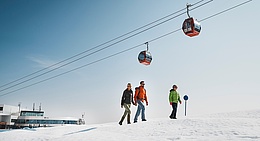
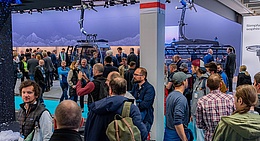

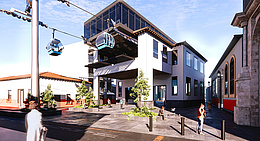
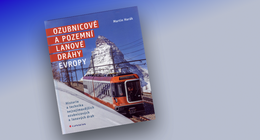

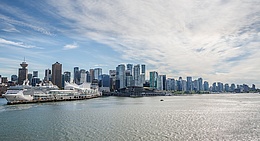
![[Translate to English:] Photo: Adobe Stock](/fileadmin/user_upload/Aspen_Skyline_AdobeStock_192240489.jpeg)
